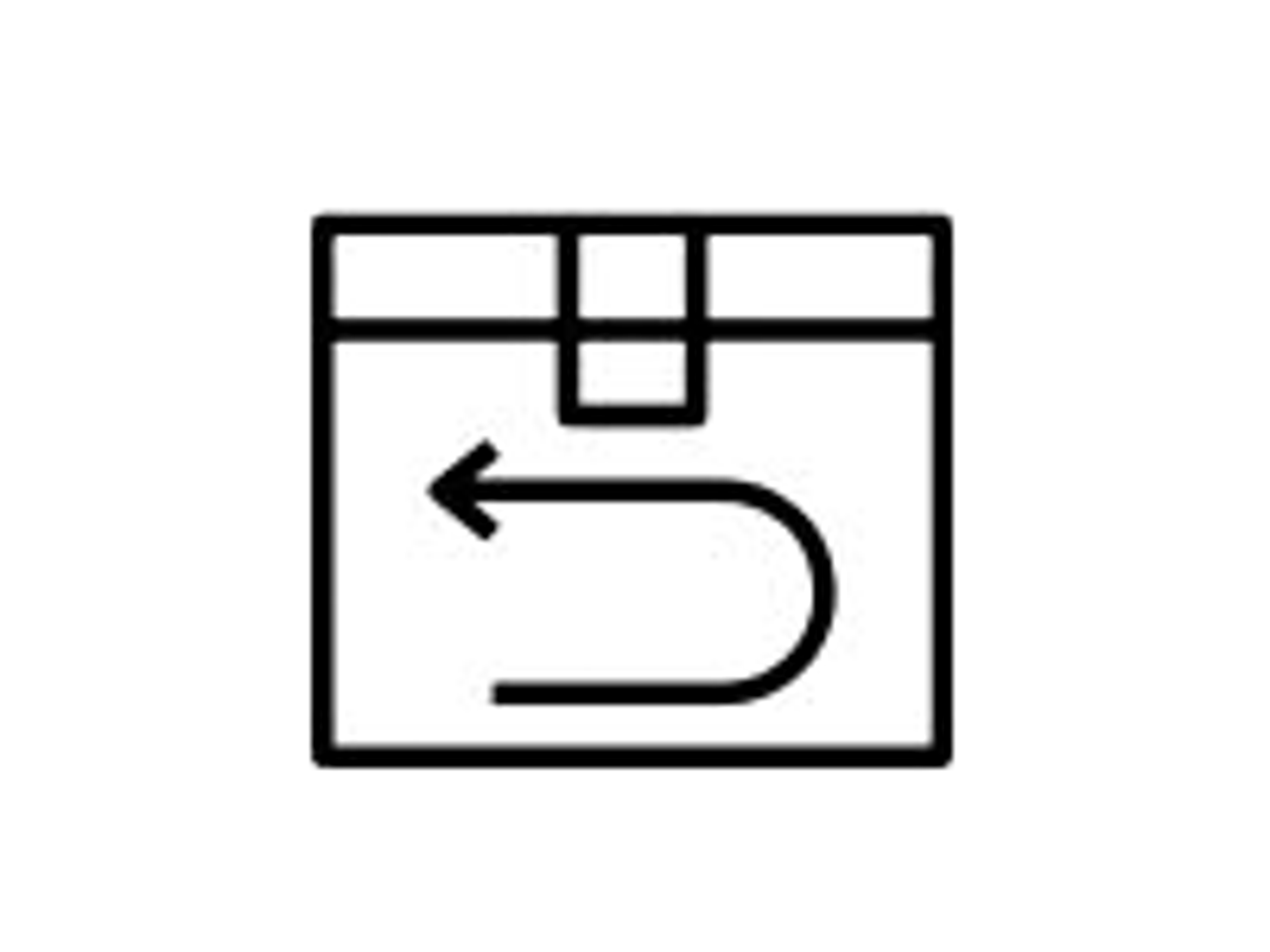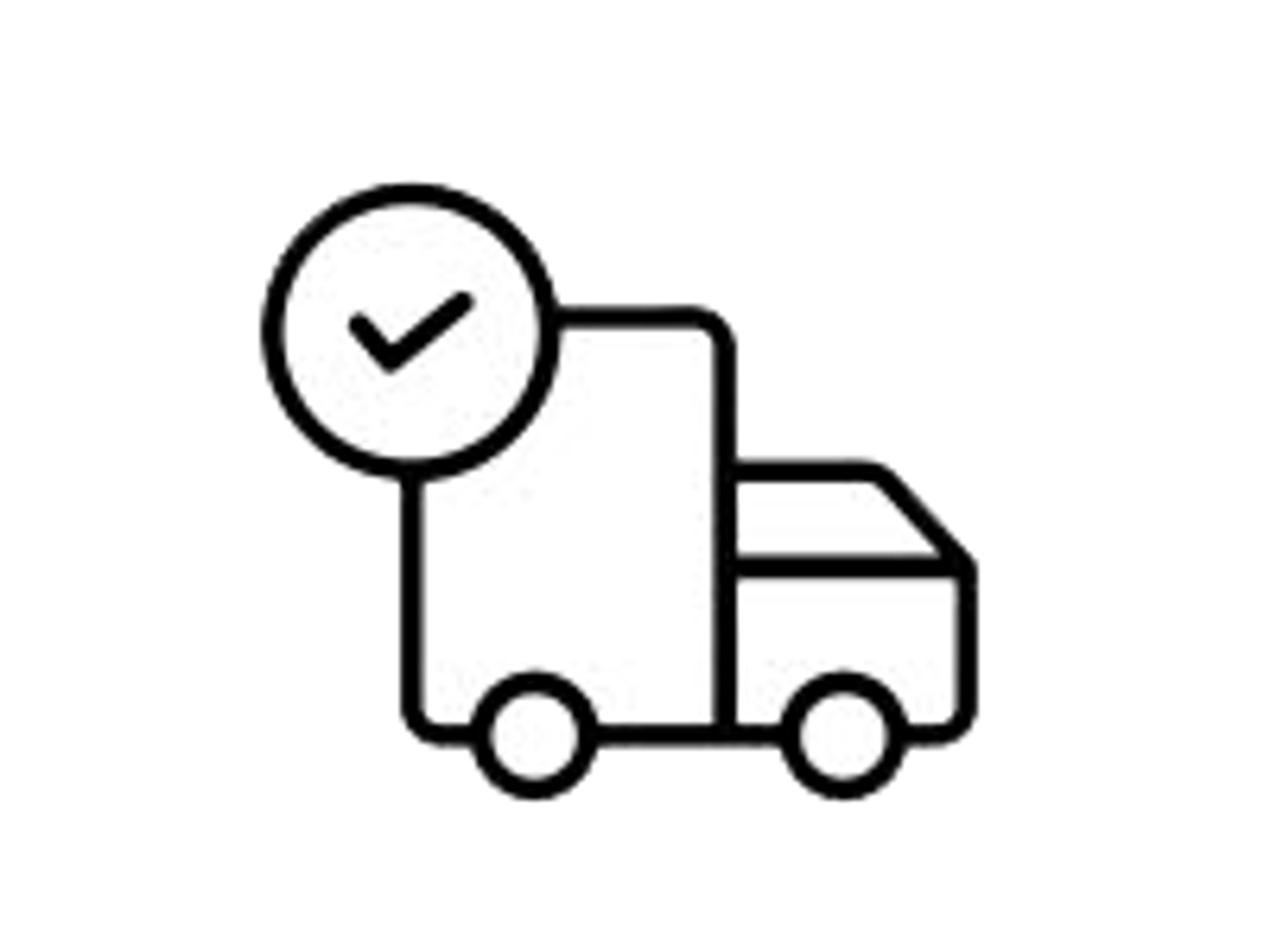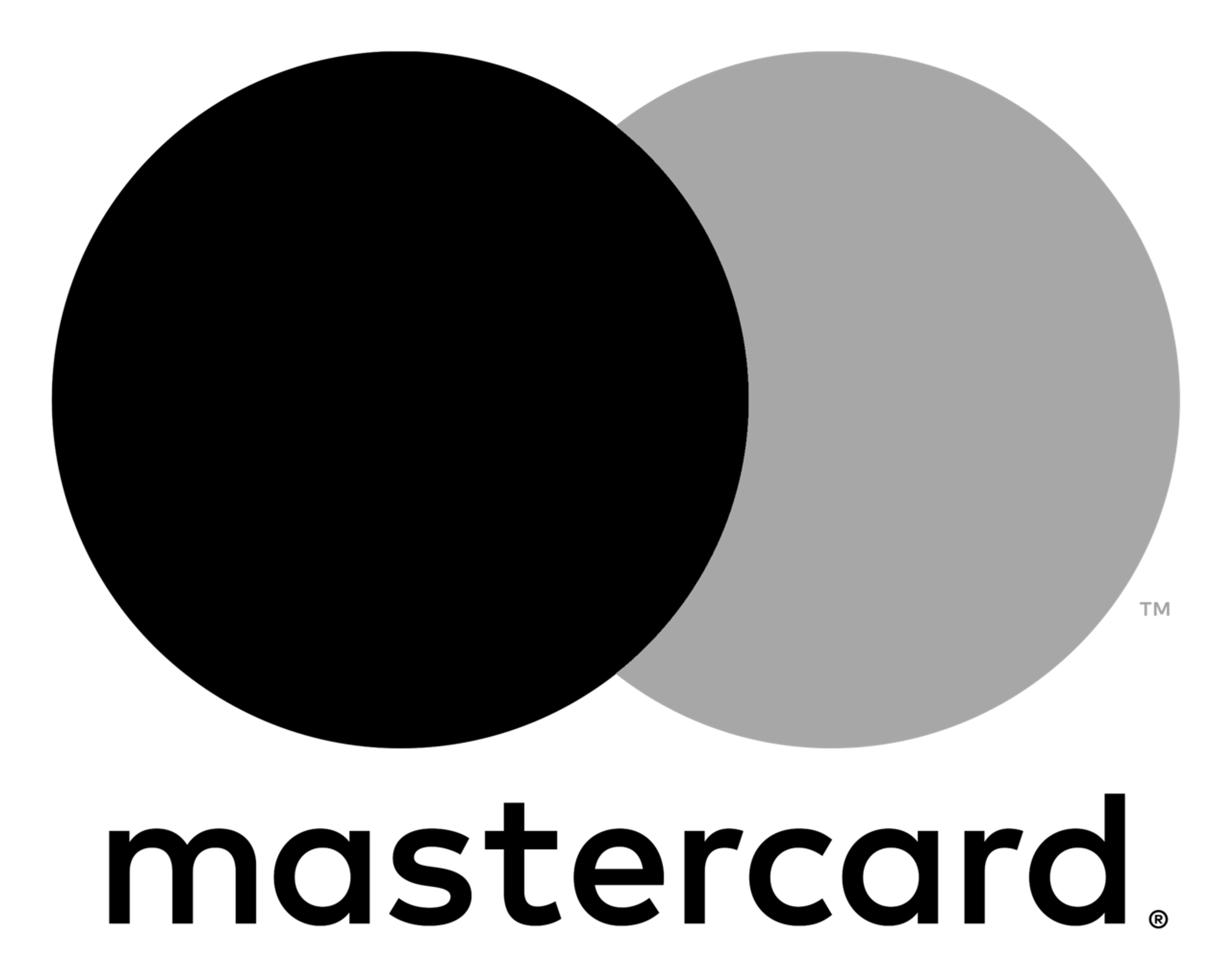Trends in Workplace Design with Brian Wilson of Two

NOMI is excited to partner with Two, a San Francisco-based design firm, marking the company’s entrance into the US market.
We’ve recently fitted out Two’s space with signature pieces from NOMI and sat down with Brian Wilson, partner at Two and an award-winning industry leader, to talk about the latest trends in workplace design. Wilson spearheads a team of design experts driven on curating uniquely tailored furniture solutions that brings brands and cultures to life. Find out what he has to say about the workplace of the future.

What are your thoughts about the digital transformation in workplace design?
We are seeing a shift where companies are thinking about employees’ needs wherever the work may be happening and making considerations for their personal lives and wellbeing. People forced to work at home over the past year have embraced aspects of it and want the option and flexibility to continue to do so, and companies are embracing the movement. The significant difference is, employers are now offering programs that support people’s needs wherever they happen to be working. At home, on the road, in satellite offices, coffee shops, and anywhere in-between, we see companies providing resources to seamlessly integrate work into their lives. Organizations are offering to help plan and furnish an employee’s home office and consider personal circumstances by providing services such as daycare, apps and counseling to improve their overall health and wellbeing.

What ideas come to mind when you think of the phrase, Workplace of the Future?
Offices will be a destination. We will see more activity-based planning and hoteling take off. The office will be planned in a way that offers a range of choices for the individual and for groups. Spaces will need to address the cognitive and emotional needs. The amenities will be quiet spaces, soothing areas, and areas to concentrate. Although home will be one of the locations to work, relax and focus, it might not be for all demographics, and the office will provide those offerings for the employees that need it most. There will be an added dimension where technology enables the employee at home to understand what is happening in the workplace and will be able to reserve spaces, desks, coordinate meetings and connect.
Employees will use the technology to maximize their time while in the space and offer a degree of predictability. One issue that has yet to be fully addressed is having equitable and inclusive remote meetings. We need to ensure that people working remotely feel like they can contribute and be a part of the meeting. New and better remote and in-room technology are being developed, along with new behaviors and meeting protocols.

How has the workplace design evolved in the last five years?
The previous five years were about speed and growth. Putting people in seats quickly and not always considering the full range of work that would be performed in that space. It was largely due to companies growing so quickly that they don’t even know the department or worker profile that might be moving into the space. The spaces were nice but designed to a common denominator.
I think we are experiencing an office renaissance that will be more user-centered. Speed will likely not go away, but I believe we will be more thoughtful as designers and furniture vendors. Wellbeing and inclusiveness will be a priority.

Inspired and wellbeing-focused community spaces have become intrinsic in workplace design. How do you see these social spaces and their role in the work environments evolving?
I see these types of spaces becoming more prevalent and vital. Most employees will need a reason and purpose to go to the office. They will expect a more elevated experience when going to the office and expect the office to be a destination for meeting, socializing, and growing. These spaces will also serve as cultural beacons for organizations, defining and setting the attitude for an organization.

Flexibility and sustainability are buzzwords in workplace design these days. How do you incorporate both concepts into your designs?
I think flexibility can have different meanings at different scales: furniture & objects and the overall space. Having some flexibility has been essential in allowing either the facilities team or users control their environment to encourage both user engagement and the organization performance. Flexibility will become even more critical given the lack of predictability in a hybrid work environment. Spaces will need to be more flexible and work harder to allow for growth, shift from individual work to group work. I foresee this becoming paramount as we plan and help our clients over the next few years.
Sustainability is a challenging topic in the built environment. Several years ago, the priority was on fast furniture. Our team and the design community broke from that trend, and we now specify more sustainable products. We see sustainability as a priority and expect our team to understand how we impact the planet, the project, and people through the furniture that we choose and the companies we work with. We are taking a harder look at our manufacturer partners by training our team what to look for and prioritizing certifications, what they do and the products they make. Transparency and visibility into a manufacturer’s practices are now a must. We want to know where, how and what goes into the manufacturing and sourcing of a product.

Where do you draw your design inspiration from?
Honestly, everywhere. From all corners of design and business. It keeps us hungry to learn, grow, and seek to improve the world we live in and what we do. When you take a step back, you often realize that everything can lead to inspiration if you open your mind.
What sets Two apart from the rest?
We consider ourselves consultants. We aspire to solve client’s challenges by being thoughtful, creative, and resourceful. We put the client first – what do they need? Which products and solutions solve their unique needs? We like to surprise our clients by going above and beyond- a product they hadn’t seen before, a custom solution we designed for them or hitting their budget while also achieving their design goals.

We’re glad to see the Gathering Table at your office. We’d love to know what made you decide on this specific piece, and how it syncs with your brand.
The Gathering Table is a product that has cross-over appeal. It could easily reside in the home, in a hospitality setting, or the office. The materiality and details work well with the palette and our overall space.
Over the last few years, we have been leading the movement in bringing high-end residential furniture and decor to the office. The Gathering Table is precisely the type of product we would propose to our clients for their spaces.
- Gathering Table by Edoardo Arricale
- Jasny Chair by Stephanie Jasny
- Photography by Thibault Cartier




